Home>Articles>What Is The Ideal Drill Press Size For Woodworking
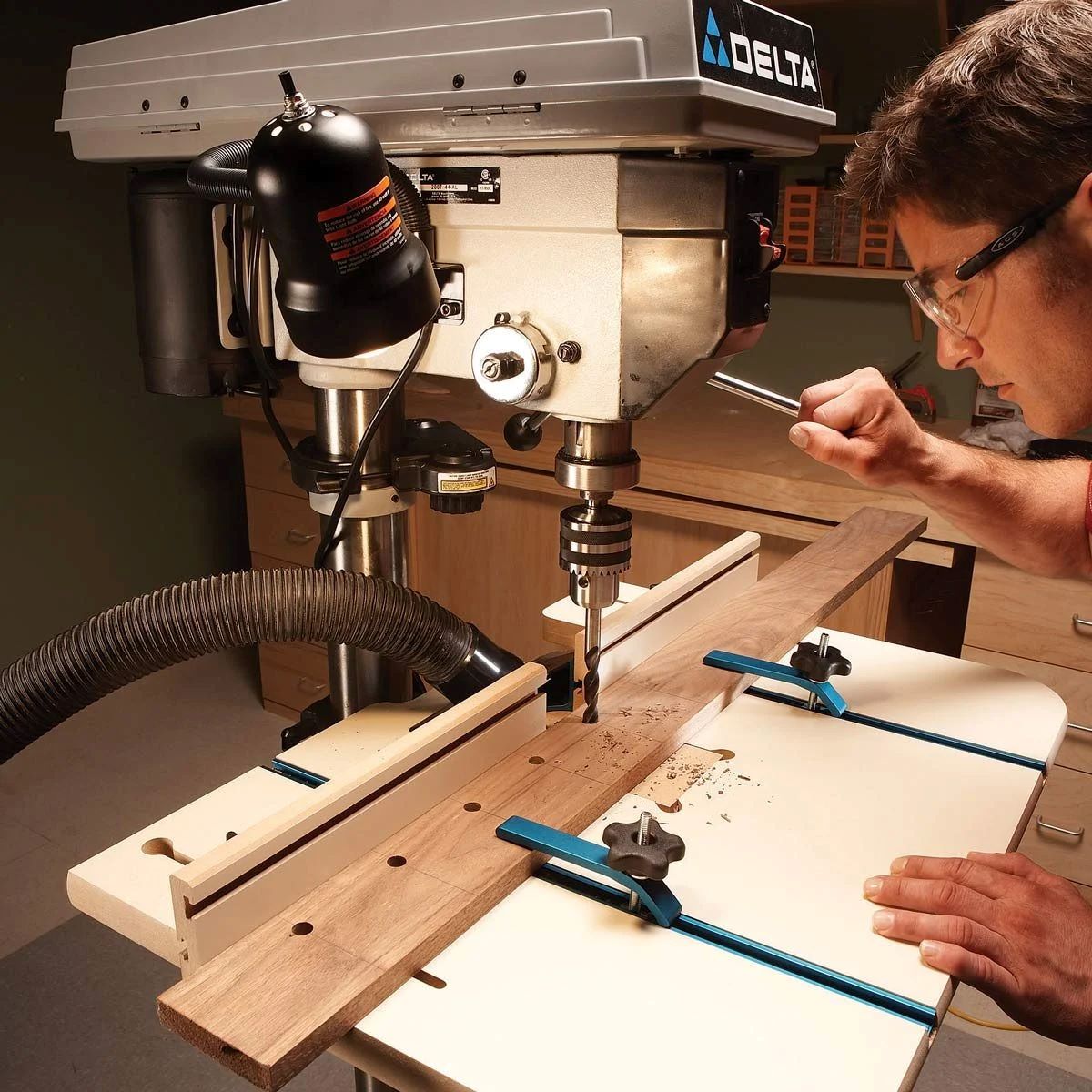

Articles
What Is The Ideal Drill Press Size For Woodworking
Modified: August 28, 2024
Looking for articles on what size drill press to use for woodworking? Discover expert advice and recommendations for choosing the right drill press for your woodworking projects.
(Many of the links in this article redirect to a specific reviewed product. Your purchase of these products through affiliate links helps to generate commission for Storables.com, at no extra cost. Learn more)
Introduction
Welcome to the world of woodworking! Whether you’re a seasoned woodworker or just starting out, having the right tools is essential to create beautiful and functional pieces. One tool that is a staple in any woodworking shop is a drill press. A drill press is a powerful and precise tool that allows for accurate drilling and hole creation in various materials, including wood.
When it comes to choosing a drill press for woodworking, one important consideration is the size of the drill press. The size of the drill press refers to its overall dimensions, including the height, width, and depth of the machine. Choosing the right size drill press for your woodworking projects can greatly impact your productivity and the quality of your work.
In this article, we will explore the factors to consider when choosing a drill press size for woodworking, the benefits of using a drill press, and the common sizes available in the market.
Key Takeaways:
- Choose the right drill press size to enhance woodworking precision, efficiency, and safety. Consider factors like workspace, project size, depth capacity, motor power, and speed settings for optimal results.
- Small, medium, or large drill press sizes offer versatility and power for woodworking tasks. Select a size that aligns with your specific project needs, available workspace, and desired level of precision and control.
Read more: What Is The Ideal Size For A Slow Cooker
Factors to Consider When Choosing a Drill Press Size
There are several factors to consider when deciding on the size of a drill press for your woodworking needs.
- Workspace: Assess the available space in your woodworking shop. Measure the area where you plan to place the drill press to ensure it fits comfortably without obstructing other tools or work areas.
- Project Size: Consider the size of the woodworking projects you undertake most frequently. If you typically work on small to medium-sized projects, a compact drill press may suffice. However, if you often tackle larger projects such as furniture pieces or cabinetry, a larger drill press may be necessary.
- Depth Capacity: Evaluate the drilling depth required for your projects. The depth capacity of a drill press refers to the maximum distance it can drill into the material. Ensure that the drill press you choose has a sufficient depth capacity to accommodate your project needs.
- Motor Power: Consider the power of the drill press motor. A higher horsepower motor will provide greater torque and drilling power, which is beneficial when working with denser woods or drilling larger diameter holes.
- Speed Settings: Look for a drill press with adjustable speed settings. Different woodworking projects require different drilling speeds, so having the flexibility to adjust the speed of the drill press can greatly enhance your woodworking capabilities.
By taking these factors into account, you can determine the most suitable size drill press for your woodworking needs.
Key Takeaways:
- Choose the right drill press size to enhance woodworking precision, efficiency, and safety. Consider factors like workspace, project size, depth capacity, motor power, and speed settings for optimal results.
- Small, medium, or large drill press sizes offer versatility and power for woodworking tasks. Select a size that aligns with your specific project needs, available workspace, and desired level of precision and control.
Read more: What Is The Ideal Size For A Slow Cooker
Factors to Consider When Choosing a Drill Press Size
When it comes to choosing the right drill press size for your woodworking projects, there are several important factors to consider. These factors will not only impact the efficiency and precision of your work, but also ensure your safety and overall woodworking experience.
- Workspace: One of the first things to consider is the available space in your woodworking shop. Measure the area where you plan to place the drill press and make sure it fits comfortably without obstructing other tools or work areas. Take into account the height, width, and depth of the drill press to ensure it is a perfect fit.
- Project Size: Consider the size of the woodworking projects you typically work on. If you primarily work on small to medium-sized projects such as boxes, picture frames, or smaller furniture pieces, a compact drill press with a smaller footprint may be sufficient. However, if you often tackle larger projects like cabinets, tables, or larger furniture pieces, a larger drill press will provide the stability and power necessary to handle those tasks.
- Depth Capacity: Evaluate the drilling depth required for your projects. The depth capacity of a drill press refers to the maximum distance it can drill into the material. If you frequently work with thicker pieces of wood or need to create deep holes, opt for a drill press with a larger depth capacity. It is essential to have enough space between the drill chuck and the drill press table to accommodate the material you are working with.
- Motor Power: Consider the power of the drill press motor. The motor power is measured in horsepower (HP) and determines the drilling performance. Higher horsepower motors offer more torque, allowing you to drill through denser woods effortlessly. If you often work with hardwoods or need to drill larger diameter holes, a drill press with a more powerful motor will be a better choice.
- Speed Settings: Look for a drill press with adjustable speed settings. Different drilling applications require different speeds, and having the flexibility to adjust the speed of your drill press will enable you to achieve optimal results. Lower speeds are typically used for drilling larger holes or working with harder materials, while higher speeds are suitable for smaller holes or softer materials.
It is important to note that choosing the right drill press size is not solely based on the dimensions of the machine. The factors mentioned above, including your workspace, project size, depth capacity, motor power, and speed settings, should all be taken into consideration to ensure you select a drill press that meets your specific woodworking needs.
By carefully evaluating these factors, you can make an informed decision and choose a drill press size that will enhance your woodworking capabilities, improve the quality of your work, and provide a safe and efficient working environment.
Benefits of Using a Drill Press for Woodworking
A drill press is a versatile and essential tool that offers several advantages for woodworking projects. Whether you are a beginner or an experienced woodworker, incorporating a drill press into your workshop can greatly enhance your woodworking capabilities. Here are some of the benefits of using a drill press:
- Precision: One of the key advantages of using a drill press is the precision it provides. The drill press allows you to make accurate and consistent holes, ensuring that your woodworking projects are symmetrical and well-crafted. The ability to adjust the drilling depth and secure the material in place provides a higher level of accuracy compared to handheld drills.
- Stability: A drill press offers a stable and secure platform for drilling. It is equipped with a sturdy base and a table that can be adjusted to different angles. This stability prevents the workpiece from moving or shifting during drilling, resulting in cleaner holes and minimizing the risk of accidents or mistakes.
- Efficiency: Using a drill press increases the efficiency of your woodworking projects. With a drill press, you can drill multiple holes with consistent accuracy and depth in a shorter amount of time. The ability to set the drilling speed and lock it in place allows you to work efficiently and consistently, saving you time and effort.
- Versatility: A drill press can handle a wide range of drilling tasks. It accommodates various drill bit sizes and types, allowing you to drill different hole diameters and shapes. With accessories like sanding drums or mortising attachments, a drill press can also perform other woodworking operations, making it a versatile tool in your workshop.
- Safety: Safety is a crucial aspect of woodworking, and a drill press provides several safety features. The drill press allows for hands-free operation, which reduces the risk of accidents caused by slipping or misalignment. Furthermore, the workpiece can be securely clamped or held in place, providing a stable and controlled drilling environment.
- Crosscutting and Boring: In addition to drilling, a drill press can be utilized for crosscutting and boring operations. By attaching a hole saw or circle cutter to the drill press, you can create clean and accurate circular cuts. This expands the capabilities of the drill press, allowing you to perform a wider range of woodworking tasks.
From precision and stability to efficiency and versatility, a drill press is an invaluable tool for any woodworker. Investing in a high-quality drill press can greatly improve the quality of your woodworking projects, provide a safer working environment, and enhance your overall woodworking experience.
Whether you’re working on intricate joinery or need to drill precise holes for hardware installation, incorporating a drill press into your woodworking tools will undoubtedly elevate your craftsmanship and streamline your woodworking process.
Common Drill Press Sizes for Woodworking
When it comes to drill presses for woodworking, there are several common sizes available in the market. The size of a drill press is typically determined by its throat depth, which refers to the distance between the center of the chuck and the support column. Here are the three common drill press sizes for woodworking:
- Small Size Drill Press: Small size drill presses are compact and lightweight, making them ideal for smaller woodworking projects or workshops with limited space. These drill presses typically have a throat depth of around 8-10 inches, allowing you to work on smaller pieces of wood. They are well-suited for drilling small holes, creating dowel joints, or performing delicate operations that require precision and control.
- Medium Size Drill Press: Medium size drill presses offer a balance between power and versatility. With a throat depth ranging from 12 to 15 inches, they provide a larger working area and can accommodate slightly larger pieces of wood. These drill presses are suitable for a wide range of woodworking tasks, including drilling holes for joinery, installing hardware, and even light metalwork. Medium size drill presses are popular among woodworking enthusiasts and professionals due to their versatility and affordability.
- Large Size Drill Press: Large size drill presses are heavy-duty machines designed for extensive woodworking projects. With a throat depth of 16 inches or more, they offer ample space and power for drilling larger diameter holes and working on larger timber. These drill presses are commonly found in professional woodworking shops or manufacturing facilities. They are capable of handling the demands of heavy-duty drilling, such as creating mortises, drilling through thick materials, and performing repetitive drilling tasks with ease.
It is important to note that drill press sizes may vary slightly between different manufacturers, and there may be additional features and specifications to consider. When selecting a drill press size, it is essential to evaluate your specific woodworking needs, the size of your projects, and the available workspace in your workshop. Consider the depth capacity, motor power, and speed settings of the drill press to ensure it aligns with the requirements of your woodworking tasks.
Ultimately, choosing the right drill press size for your woodworking projects will enhance your productivity, precision, and overall woodworking experience. By understanding the common drill press sizes and their respective capabilities, you can make an informed decision and select the most suitable drill press for your woodworking needs.
When choosing a drill press for woodworking, consider a 12-inch model for general woodworking tasks. This size offers a good balance of power and versatility for most projects.
Small Size Drill Press for Woodworking
A small size drill press is a compact and lightweight option that is well-suited for woodworking projects that require precision and control. These drill presses are perfect for smaller workshops or hobbyists who work on smaller-scale projects. Here are some key features and benefits of a small size drill press:
- Throat Depth: Small size drill presses typically have a throat depth of around 8-10 inches. Throat depth refers to the distance between the center of the chuck and the support column. This compact size allows for drilling holes in smaller pieces of wood with ease.
- Portability: Small size drill presses are lightweight and portable, making them easy to move around the workshop or transport to different job sites. Their compact design is convenient for those who have limited space or frequently need to move their tools.
- Precision and Control: Small size drill presses offer excellent precision and control due to their compact nature. They are designed to handle delicate operations and drilling tasks that require accurate hole placement. With adjustable speed settings, you can precisely control the drilling speed to suit the material and hole size.
- Space Efficiency: If you have limited workspace, a small size drill press is a space-saving option. Its compact design allows you to fit it in smaller areas, making it suitable for home workshops or garages.
- Versatility: While small size drill presses may have limitations in terms of drilling depth and the size of workpieces they can accommodate, they are still versatile tools. They can handle a variety of woodworking tasks, such as drilling pilot holes, creating dowel joints, installing hardware, and performing intricate detailing work.
- Affordability: Small size drill presses are generally more affordable compared to larger drill presses. They offer a cost-effective option for hobbyists or those on a budget who still want the benefits of a drill press but don’t need the capabilities of larger, more powerful machines.
When selecting a small size drill press for woodworking, consider the specific features that are important to you, such as adjustable speed settings, a sturdy base, and a reliable chuck mechanism. Additionally, ensure that the drill press has sufficient power to handle the materials you typically work with, such as hardwoods or softwoods.
Overall, a small size drill press is a versatile and efficient tool for woodworking projects that require precision and control. Its compact size, portability, and affordability make it a popular choice for hobbyists and those with limited workshop space. Whether you’re working on small furniture pieces or intricate woodworking details, a small size drill press can provide the accuracy and convenience that you need.
Medium Size Drill Press for Woodworking
A medium size drill press is a versatile and popular option for woodworking enthusiasts and professionals alike. With a balance of power and flexibility, these drill presses offer a wide range of capabilities for various woodworking projects. Here are some key features and benefits of a medium size drill press:
- Throat Depth: Medium size drill presses typically have a throat depth ranging from 12 to 15 inches. This provides a larger working area and allows for drilling holes in relatively larger pieces of wood.
- Power and Performance: Medium size drill presses are equipped with motors that offer sufficient power for most woodworking tasks. They can handle drilling through both softwoods and hardwoods with ease, providing the necessary torque and speed for efficient and precise drilling.
- Versatility: Medium size drill presses are versatile tools that can accommodate a wide range of woodworking tasks. From drilling holes for joinery and installing hardware to light metalworking applications, they provide the flexibility needed to tackle various projects in a woodworking shop.
- Adjustable Speed Settings: Most medium size drill presses come with adjustable speed settings. This allows you to select the appropriate drilling speed for different materials and hole sizes. The ability to control the speed enhances precision and prevents overheating or damage to the workpiece.
- Stability and Durability: Medium size drill presses are designed with stability and durability in mind. They feature robust construction, sturdy bases, and reliable column support, providing a rigid and stable platform for drilling operations. This stability ensures accuracy and reduces vibration during drilling.
- Additional Features: Medium size drill presses often come with additional features such as workpiece clamps, laser guides, depth stops, and adjustable tables. These features improve the accuracy, precision, and convenience of your woodworking projects, allowing you to achieve consistent and professional results.
- Affordability: Compared to larger drill presses, medium size drill presses provide a good balance between price and performance. They offer a cost-effective option for woodworking enthusiasts and professionals who require more power and versatility than a smaller drill press, but don’t need the capabilities of a large industrial-grade machine.
When selecting a medium size drill press for woodworking, consider the specific features that are important to you, such as a robust motor, a reliable chuck system, and a stable base. Additionally, evaluate the available space in your workshop to ensure that the dimensions of the drill press fit comfortably.
Overall, a medium size drill press is a reliable and versatile tool that can handle a wide range of woodworking tasks. Whether you’re drilling precise holes, creating joinery, or working on light metalwork, a medium size drill press provides the power, stability, and flexibility necessary to achieve professional results.
Large Size Drill Press for Woodworking
A large size drill press is a heavy-duty and powerful machine that is designed to handle extensive woodworking projects. With a larger throat depth and increased motor power, these drill presses are ideal for professional woodworkers or those who work on larger-scale projects. Here are some key features and benefits of a large size drill press:
- Throat Depth: Large size drill presses typically have a throat depth of 16 inches or more. This generous working area allows you to drill larger diameter holes and work with larger pieces of wood, making it suitable for demanding woodworking projects.
- Power and Performance: Large size drill presses are equipped with high-power motors that provide the necessary torque and speed to effortlessly drill through hardwoods, softwoods, and other challenging materials. The increased motor power ensures efficiency and productivity, making them suitable for heavy-duty drilling tasks.
- Stability and Durability: Large size drill presses are built with robust construction, featuring heavy-duty bases, strong columns, and solid components. This provides exceptional stability, resulting in reduced vibration and precise drilling operations even under heavy workloads.
- Depth Capacity: A significant advantage of large size drill presses is their increased depth capacity. They can drill deeper holes, making them well-suited for applications that require drilling through thick materials or creating deep mortises.
- Flexibility and Versatility: Large size drill presses are versatile machines capable of handling a wide range of woodworking tasks. They can accommodate various drill bit sizes and types, allowing you to drill holes of different diameters and shapes. With attachments such as sanding drums or mortising chisels, they can also perform other woodworking operations, expanding their capabilities.
- Workpiece Capacity: Large size drill presses have ample space between the chuck and the table, allowing for the drilling of larger workpieces. This is essential when working on furniture pieces, cabinetry, or other large-scale woodworking projects.
- Professional-Grade Performance: Large size drill presses are commonly found in professional woodworking shops or manufacturing facilities. They are built to withstand heavy use and demanding applications, offering rugged reliability and consistent performance.
When selecting a large size drill press for woodworking, consider factors such as the available space in your workshop, the required depth capacity, and the specific features that are important to your projects. Additionally, examine the drill press’s power, stability, and adjustability to ensure that it satisfies the demands of your woodworking tasks.
Overall, a large size drill press is a powerful and dependable tool that provides the strength and versatility required for extensive woodworking projects. Whether you’re drilling deep holes, working with dense hardwoods, or need to handle large workpieces, a large size drill press will deliver the performance and reliability needed to achieve professional results.
Conclusion
Choosing the right drill press size is a crucial decision for woodworking enthusiasts and professionals. The size of the drill press directly impacts the efficiency, precision, and versatility of your woodworking projects. By considering various factors such as workspace, project size, depth capacity, motor power, and speed settings, you can make an informed decision and select the most suitable drill press for your needs.
A small size drill press is compact and lightweight, making it perfect for smaller-scale projects or workshops with limited space. It offers precision, control, and portability, making it a convenient option for hobbyists and those who work on delicate woodworking tasks.
A medium size drill press strikes a balance between power and versatility. It provides a larger working area, increased power, and adjustable speed settings, allowing you to tackle a wide range of woodworking tasks with ease. It is a popular choice among woodworking enthusiasts and professionals due to its versatility and affordability.
A large size drill press is a heavy-duty machine designed for extensive woodworking projects. With high-power motors, generous throat depth, and enhanced stability, it offers the strength and performance needed for heavy-duty drilling tasks. Large drill presses are commonly found in professional woodworking shops and provide professional-grade performance and durability.
In conclusion, the size of the drill press you choose should align with your specific woodworking needs, available workspace, and the size of your projects. By considering the factors discussed in this article, you can select a drill press that enhances your productivity, provides precision and control, and improves the overall quality of your woodworking projects.
Remember, investing in a high-quality drill press is an investment in your craftsmanship and woodworking capabilities. Whether you’re a hobbyist or a professional, having the right drill press size will greatly enhance your woodworking experience and help you achieve the desired results every time you step into your workshop.
Frequently Asked Questions about What Is The Ideal Drill Press Size For Woodworking
Was this page helpful?
At Storables.com, we guarantee accurate and reliable information. Our content, validated by Expert Board Contributors, is crafted following stringent Editorial Policies. We're committed to providing you with well-researched, expert-backed insights for all your informational needs.

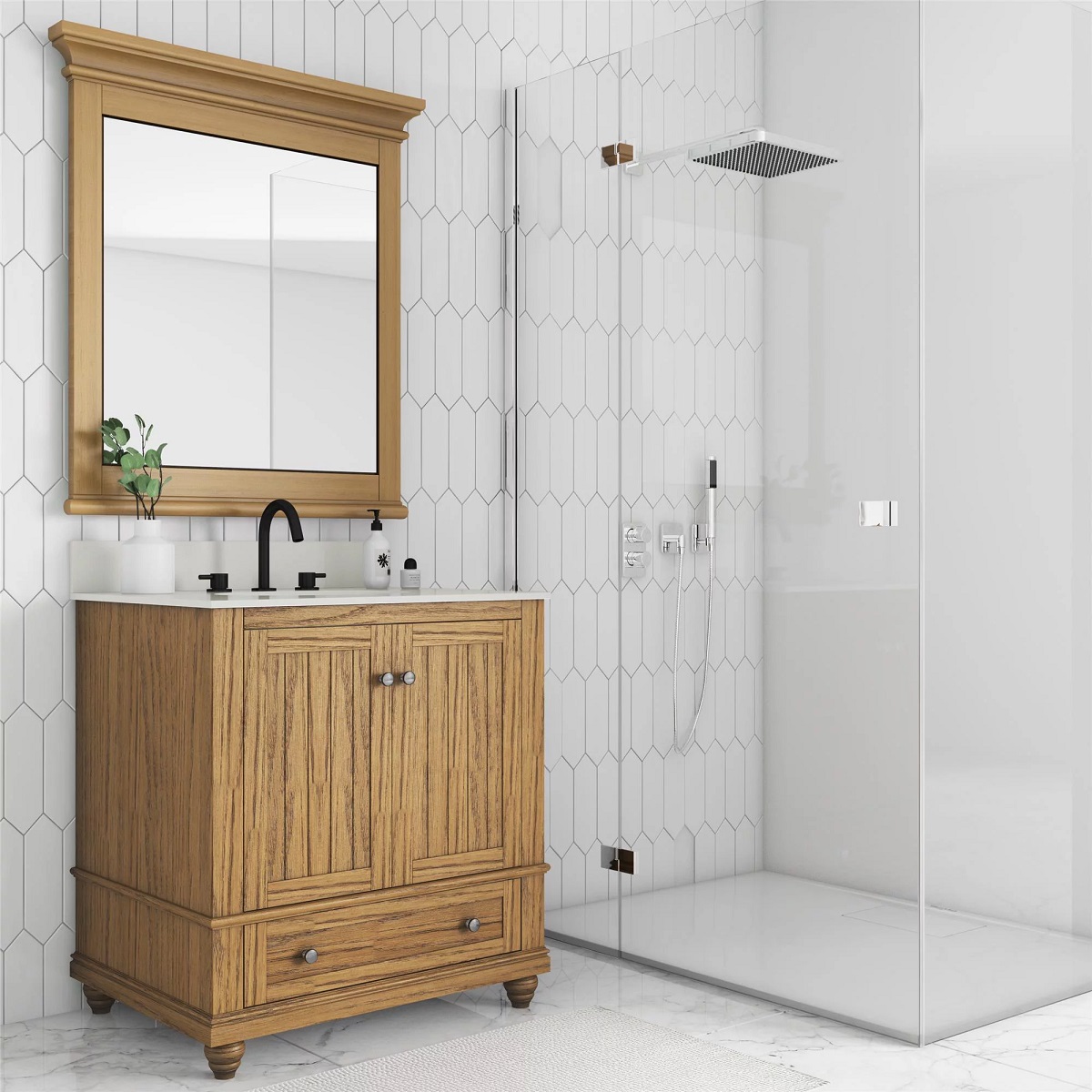
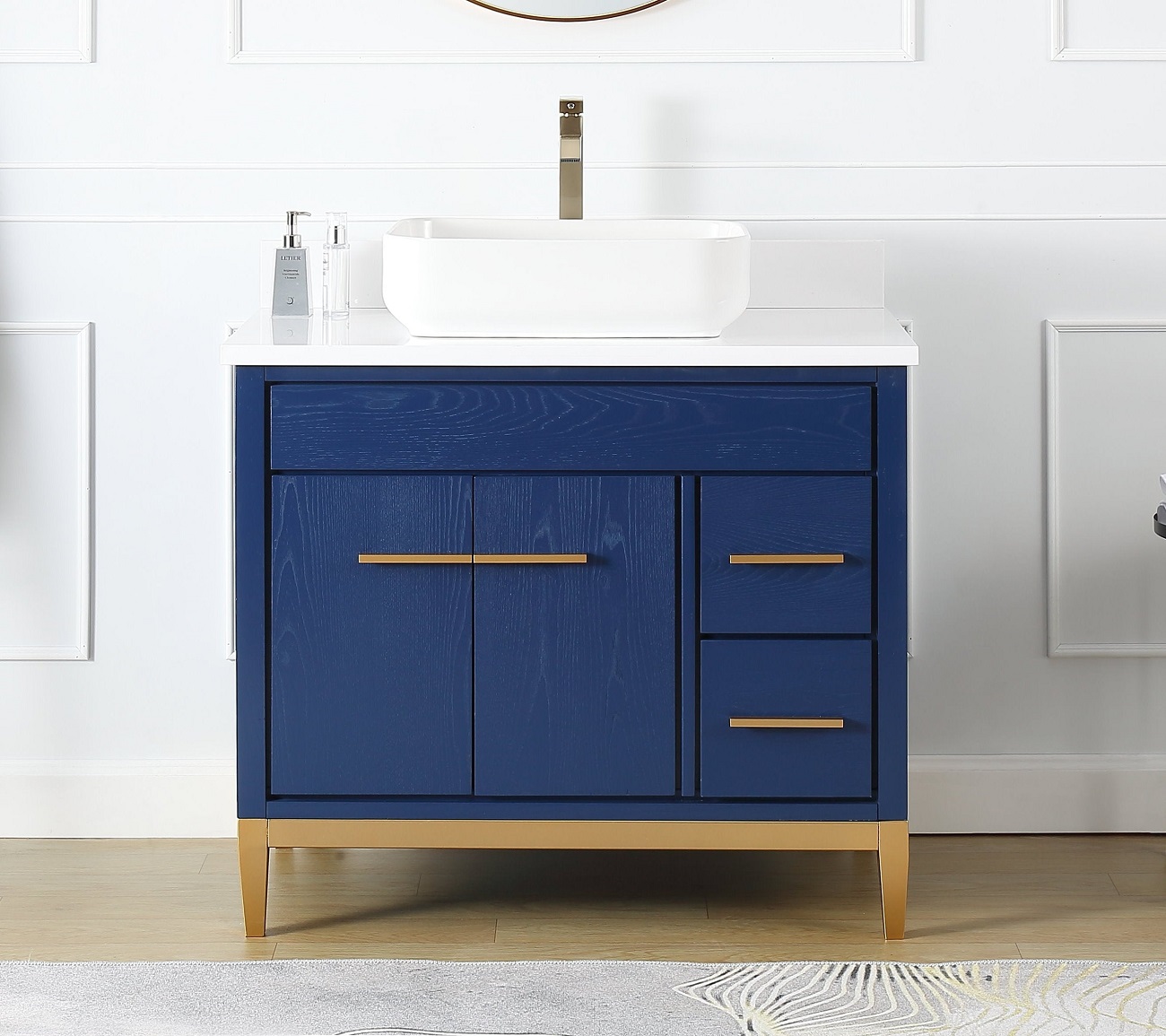
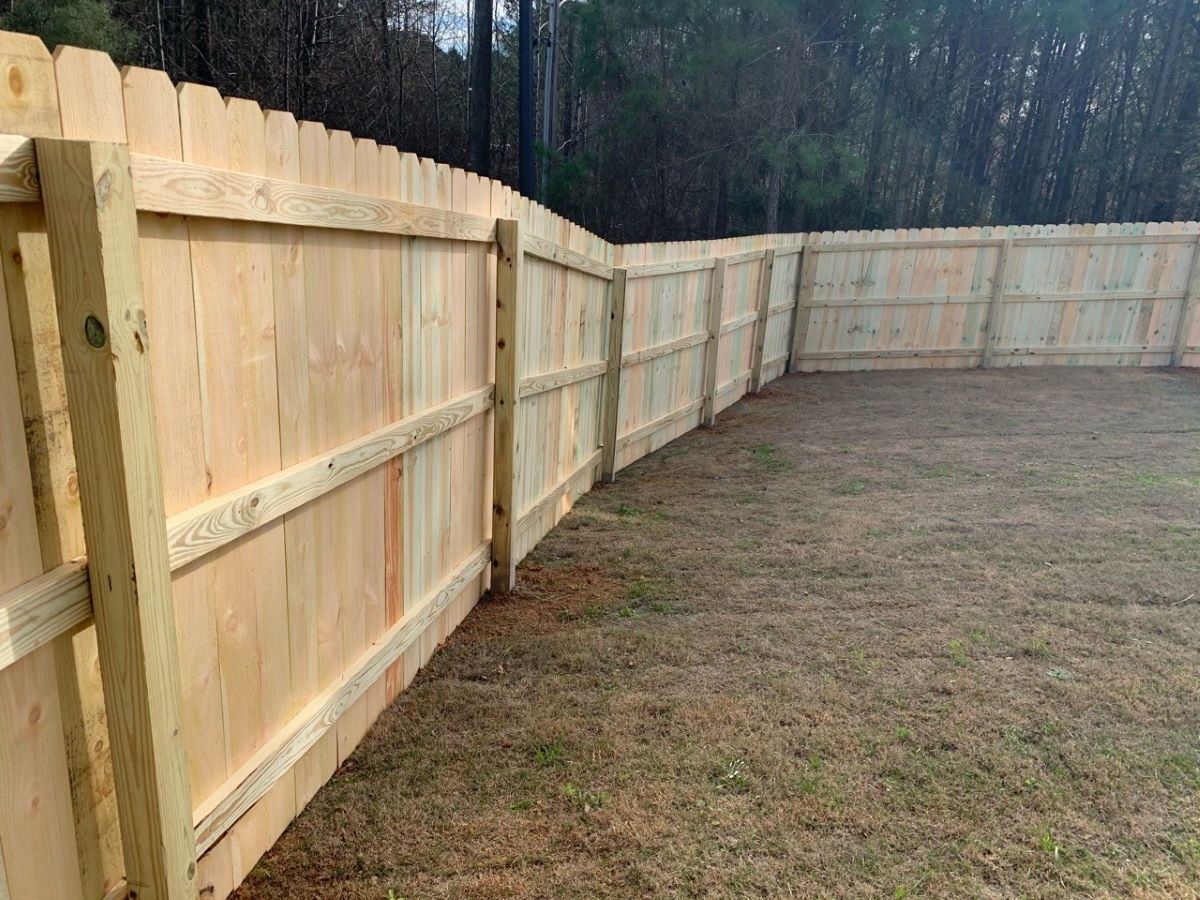

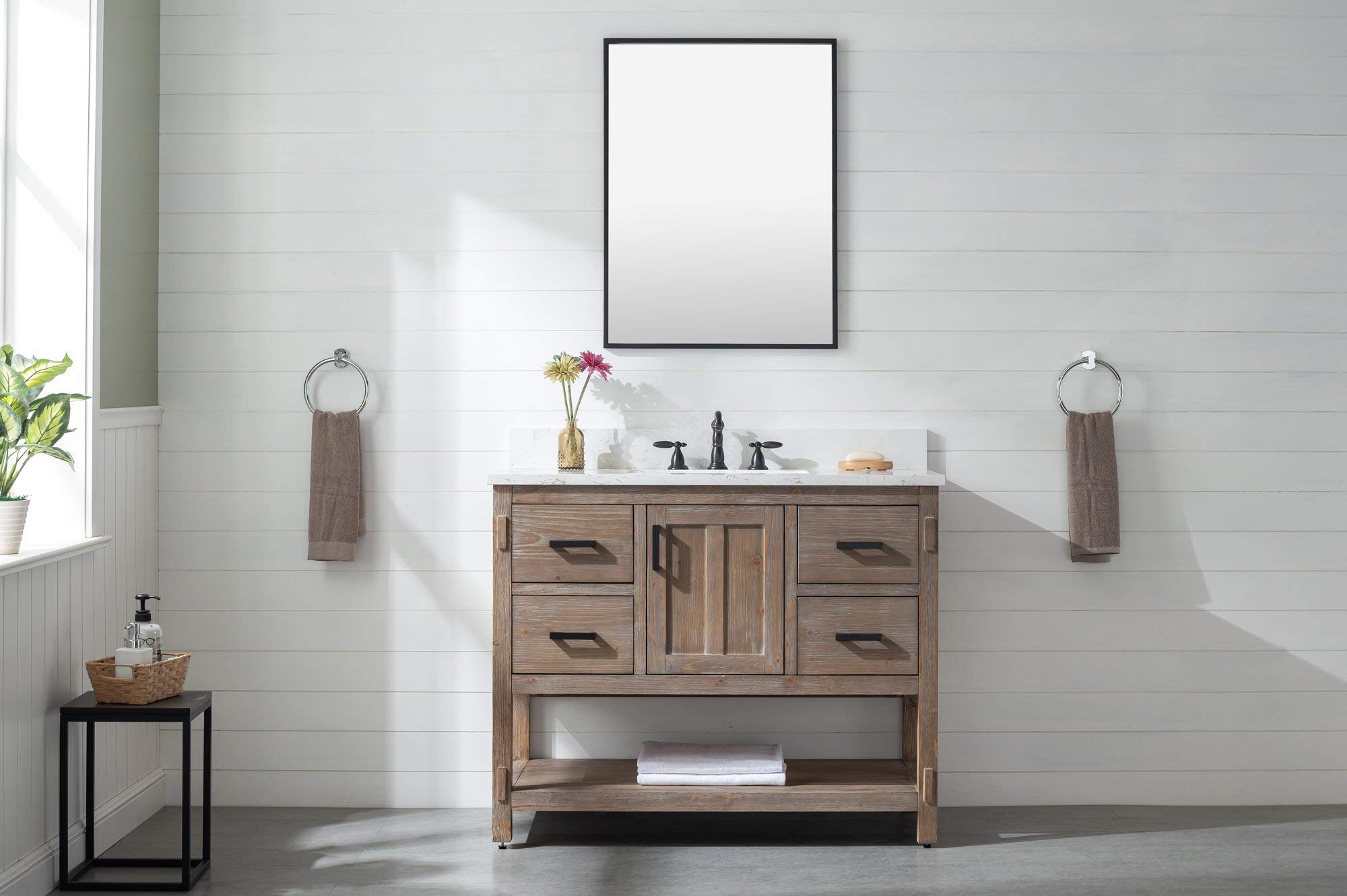
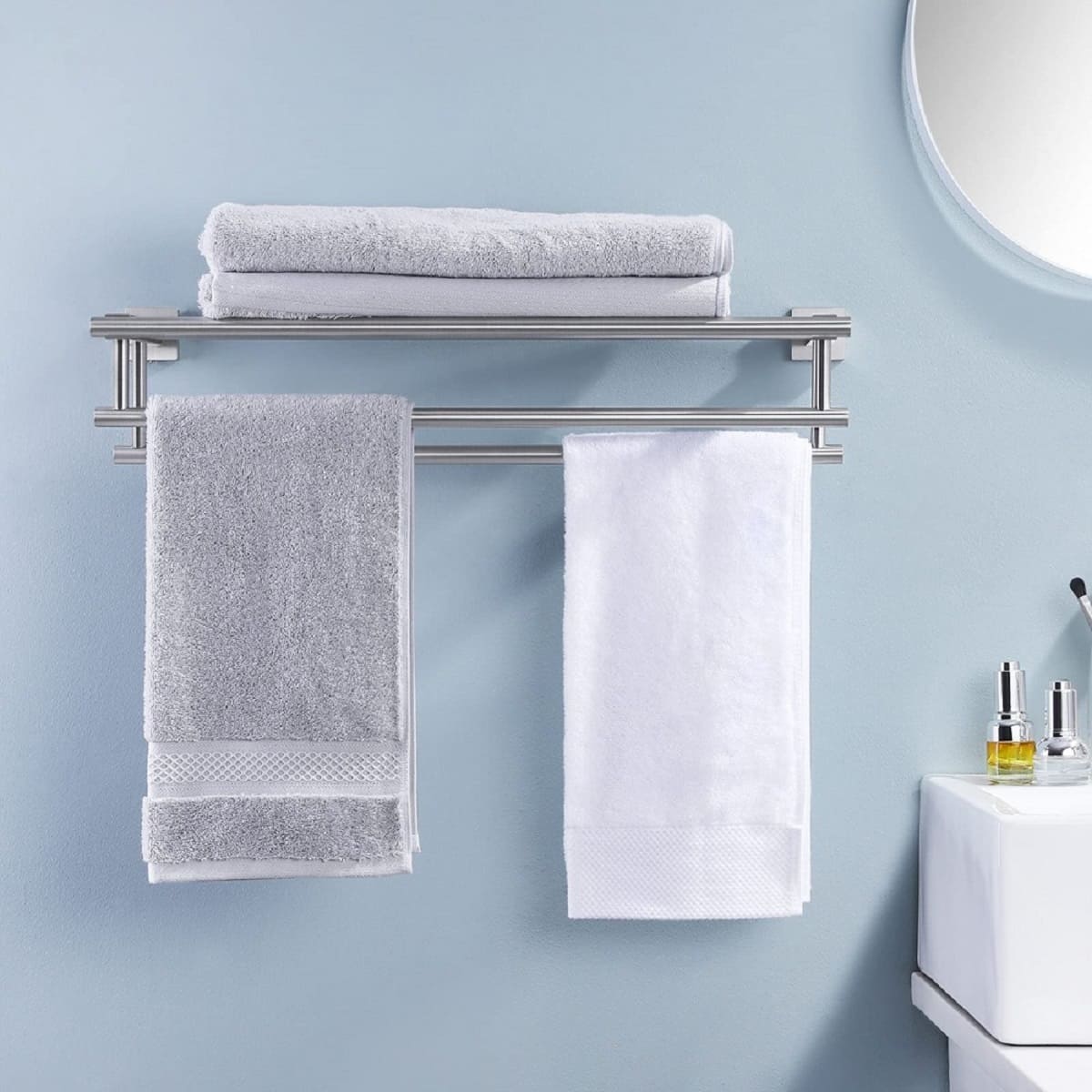

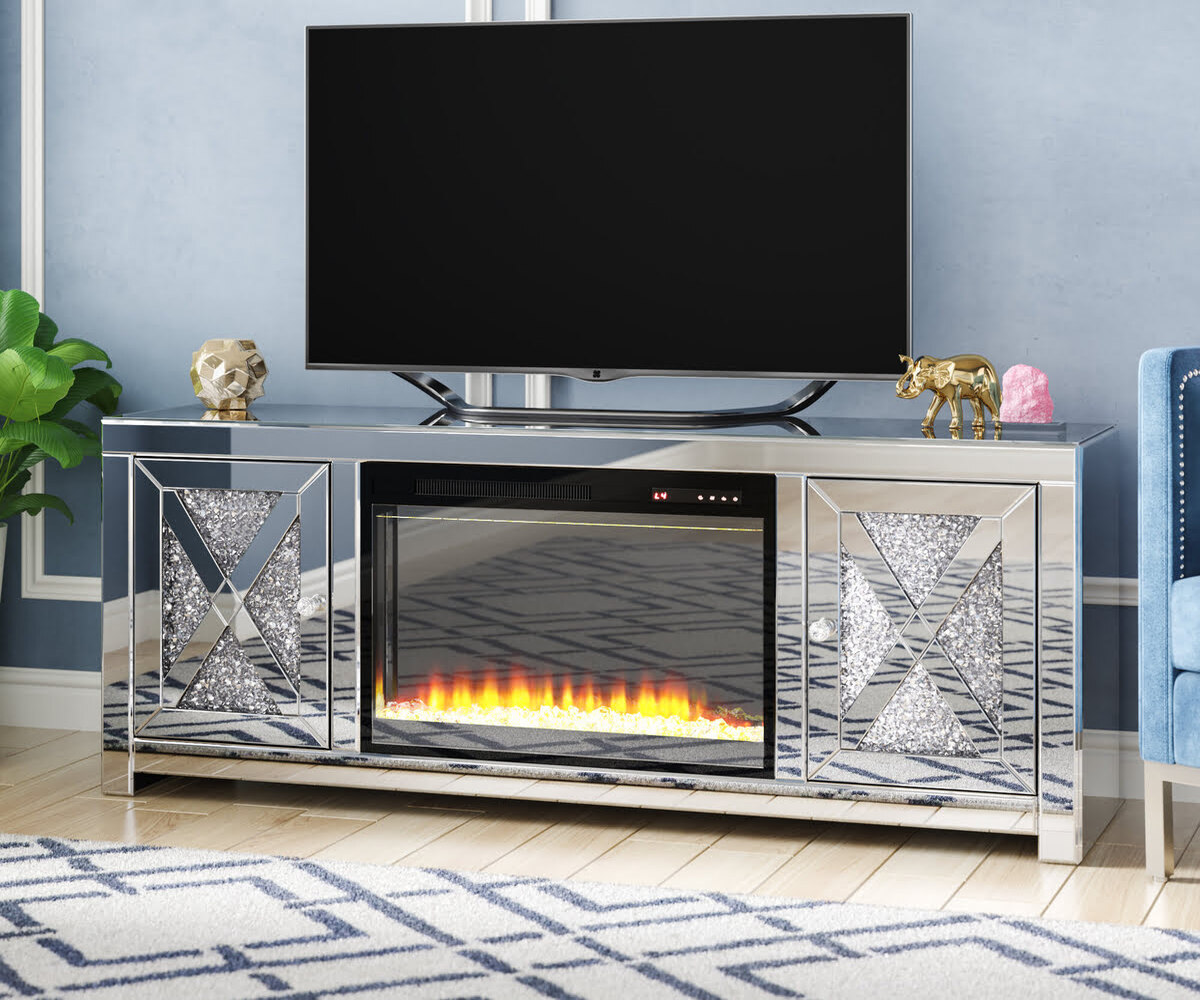

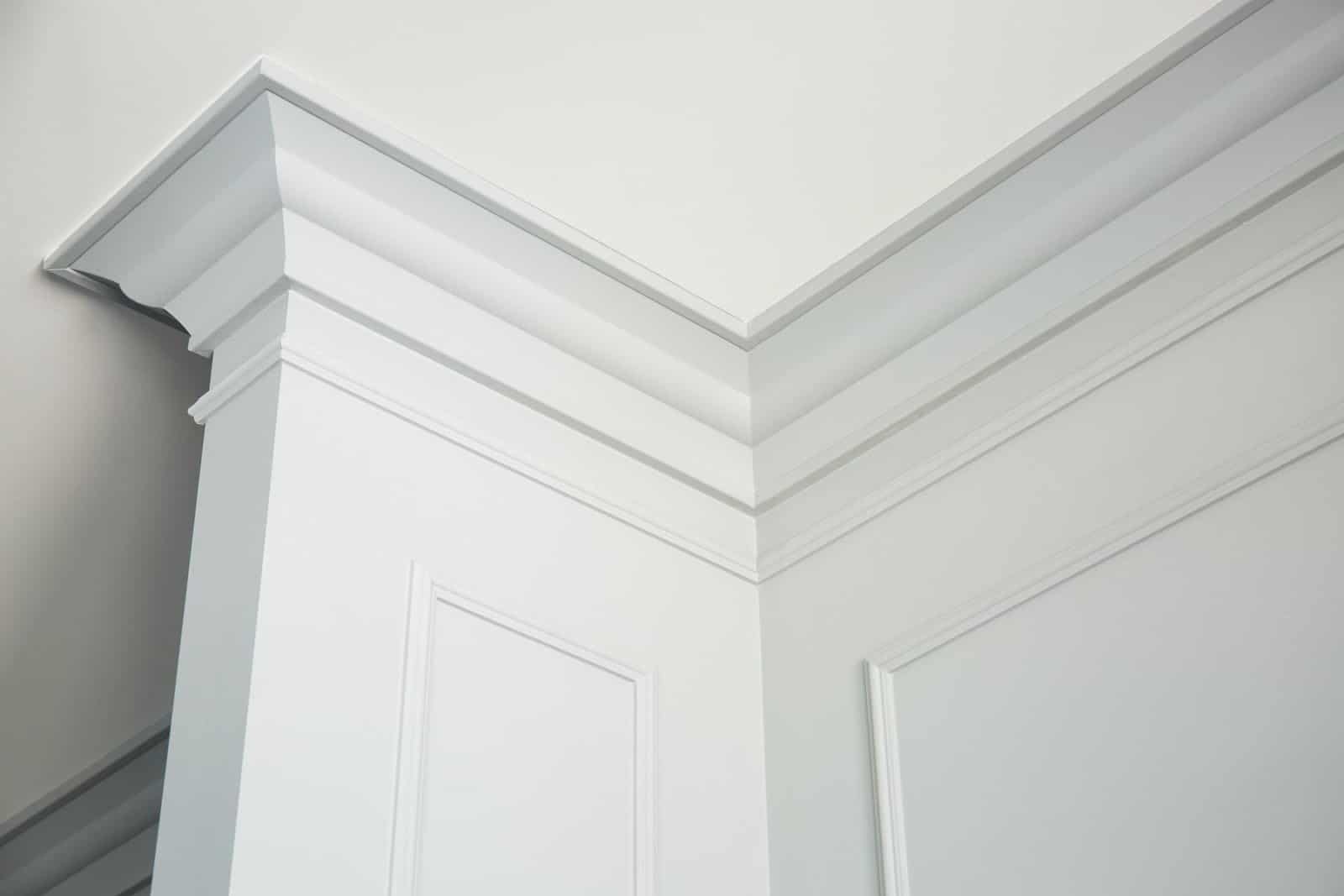

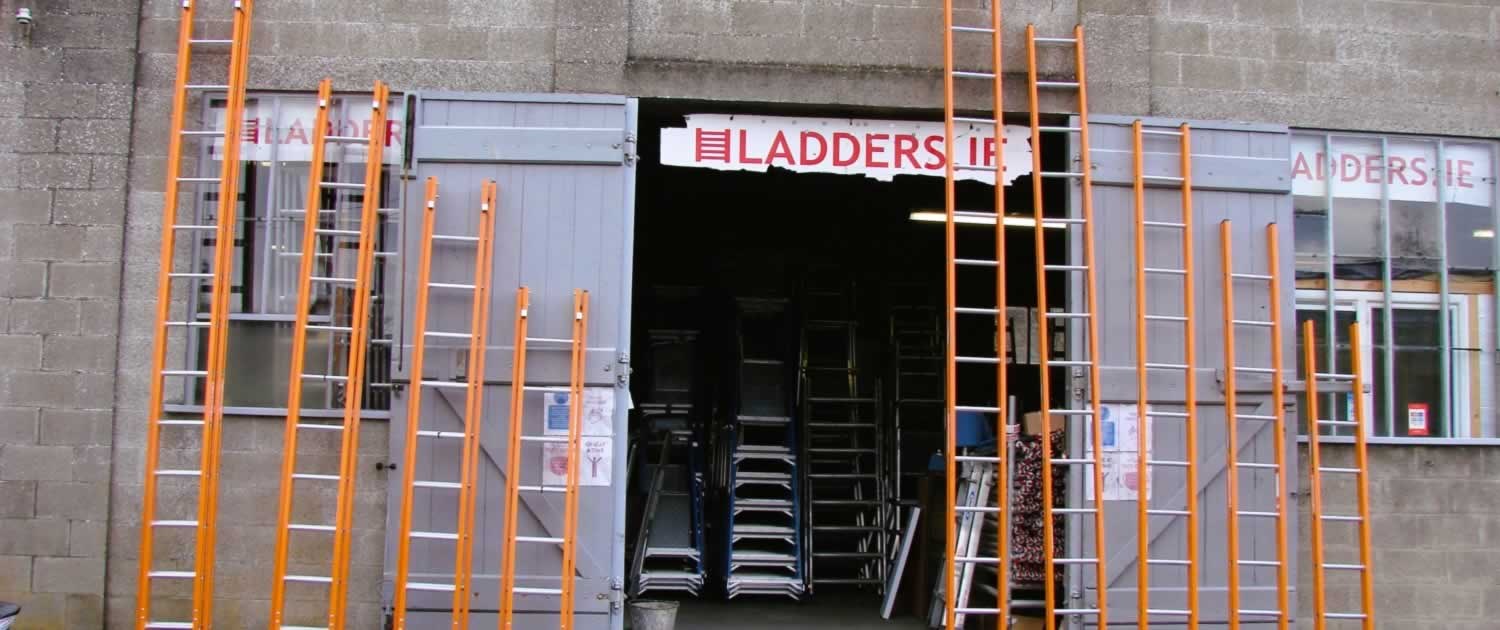
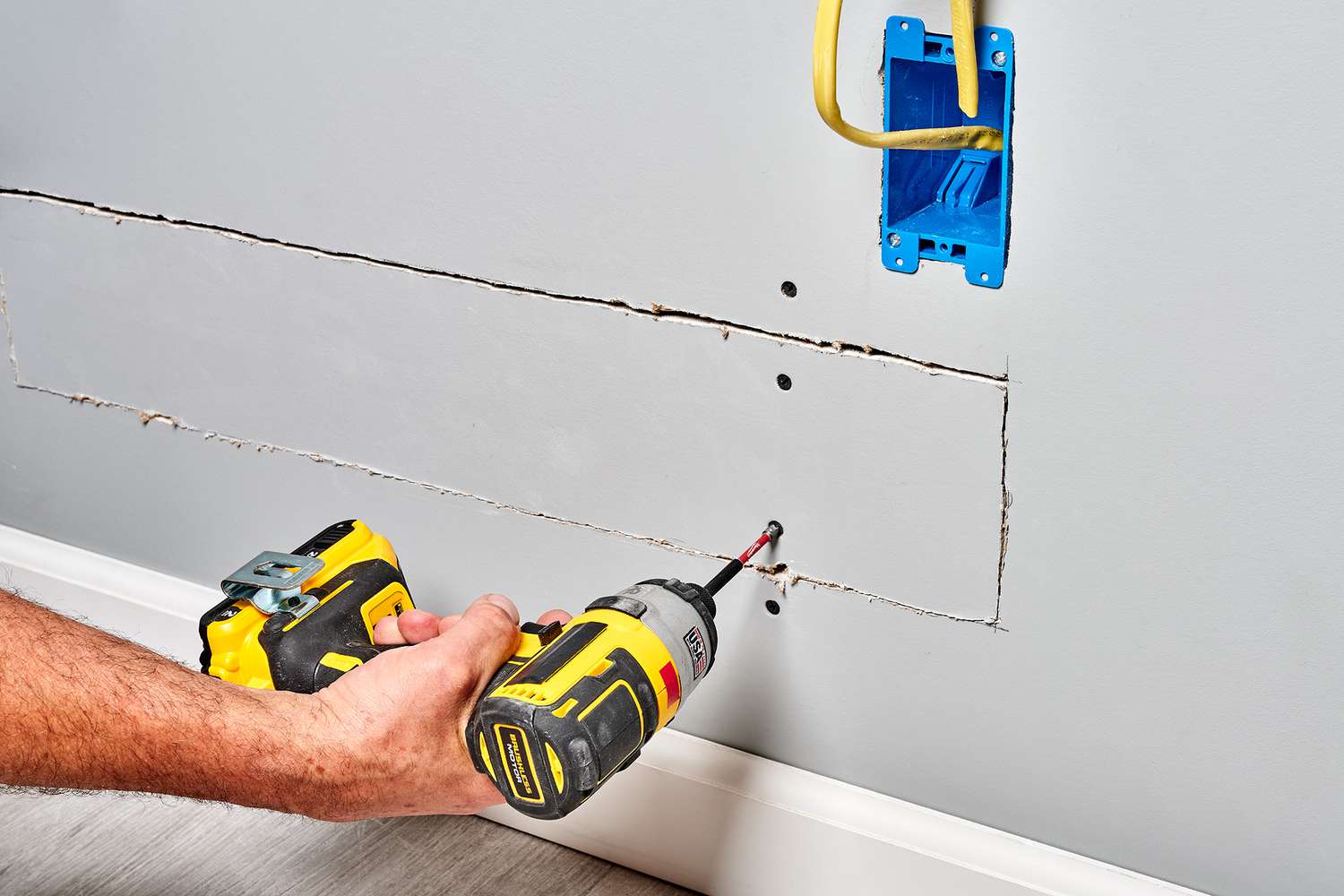

0 thoughts on “What Is The Ideal Drill Press Size For Woodworking”